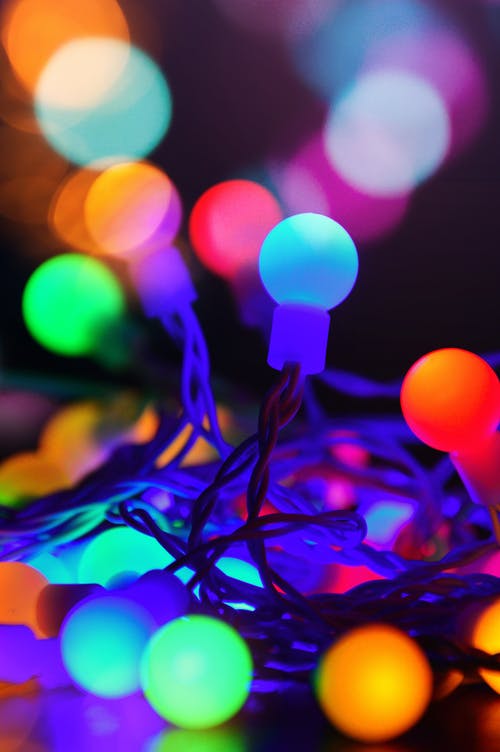The whole concept of color psychology entails how different colors trigger various forms of emotions in humans and how colors impact moods, feelings, and behaviors.
Colors are powerful communication tools and can signal action, influence moods, and even influence psychological reactions. Some people feel anxious in a yellow room and much calmer if it is a room with blue representations.
The idea of color therapy- using color to trigger an alternative positive feeling to dispel a current horrid feeling, was developed from color psychology. The whole perception is this: if colors can invoke such emotions as anxiety, it can stimulate other positive emotions that put an individual in a more relaxed mood.
The following colors identifiably can be deployed to improve an individual’s mood, dispel negative emotions, and stabilize a person’s mood:

- White: A common observation by several human psychology experts shows that white often triggers a fresh and clean sense of being. It can invoke a sense of youth and modernity.
- Silver: The color shows a sense of modernity and innovation. Thus, it invokes the feeling of being new, modern, and cutting-edge.
- Blue: People often describe blue as producing a sense of stability. Also, safety, calmness, and a relaxed state of mind. It often makes people come off as dependable and trustworthy.
- Yellow: As brightly as the color yellow seems and appears, it may deploy to present a person as happy and an ideal merry-go-round individual.
- Red: Colorology is still used today as a holistic form of treatment. In colorology, red can be used to stimulate the body and mind and to increase circulation.
A wide range of purposes and goals are achieved with colors in several occupations and trades. It again points out the relative subjectivity of colors and their meanings.